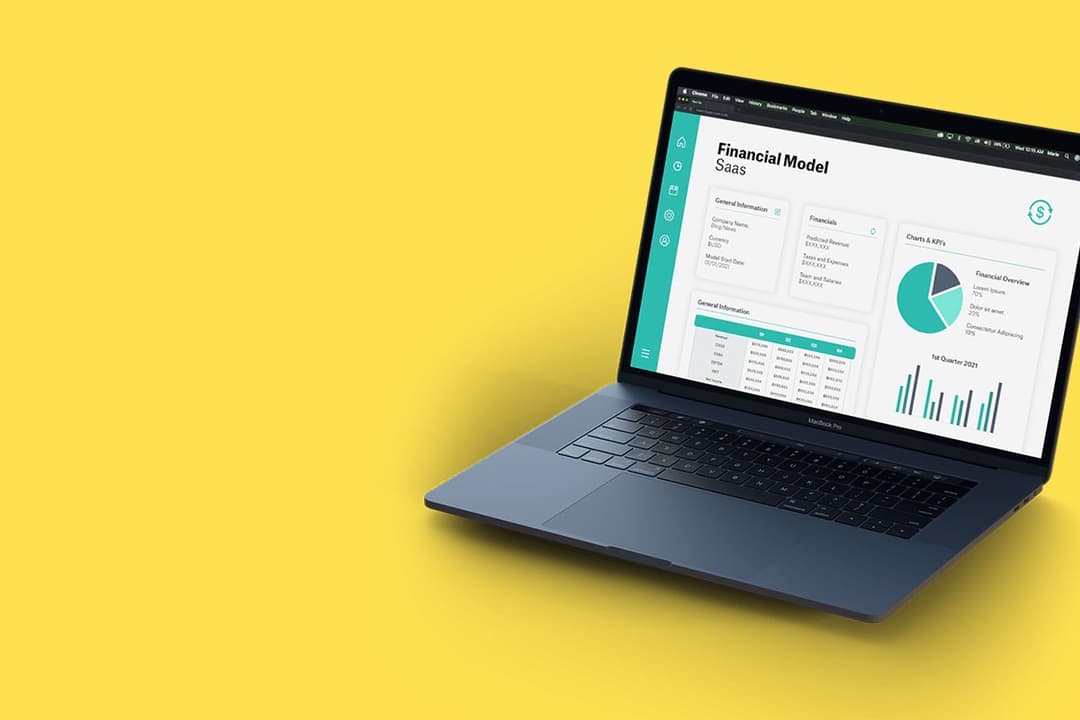Getting featured in any major tech blog is huge for any early stage startup, it’s a obvious big boost of users, and it comes with other less obvious treats like credibility and SEO.
Of course, you are not the only one who knows this and this is why tech reporters have become the new Internet celebrities, getting their inboxes overflown with hundreds of pitches every day. You might have the next Facebook in you hands, but if you can’t get the message out to them they ain’t going to talk about you.
Handling PR for your startup is a full time job if you want to do it right. For the launch of Slidebean in 2014, myself and our Press Manager Wouter cracked our brains trying to get a our message out to the reporters. We managed to score two awesome articles by almighty Techcrunch (Slidebean Launches To Give Prezi A Run For Its Money) and TheNextWeb(Slidebean hopes to be Instagram for presentations), among many others.
Here’s how we did it.
Plan in advance
If you want to do this right, you’ll want to start identifying your targets around 3 months before your story. It’s very important to find reporters that are interested in similar startups!
Think of a story that you want to tell them, you are not Apple and nobody will care about you unless you have something interesting to report (a launch, a new app, an outstanding new feature or partnership). Think of a deadline for you press announcement and work to that.
Start following the reporters on whatever networks they have, Twitter seems to work best but Instagram may be good to start with, considering big reporters are not that popular over there. In my case, I configured push notifications to my phone every time one of my targets tweeted something, thus being able to reply to them if I had something to say. (Don’t be a spam bot, don’t favorite or retweet everything they say… just comment on whatever seems interesting to you or related to your company).
Why do we do this, to develop a relationship.
Develop relationships
Two words: Social Networks. By simply replying to their questions and getting in conversations with them, the will remember who you are and are more likely to reply to you when yon need to ask for press.
Understand that you are not the only one who is looking for coverage, and certainly not the only one who will pitch them over the course of the next 60 minutes, so you need to make this not about you.
We tweeted this to Anna Heim after her article on Slidebean.
Follow what they say, comment their articles, share them (and of course tag them when you do), get interested in what they are doing and how you can help (either with your startup or with your expertise); if you can help them out, they are much more likely to help you. Ideally of course, become their friend.
Needless to say, if they do cover you, make sure that you maintain that relationship for the months to come. Thank them, let them know how much each meant for you to get their help.
Use your head
Give a meaning to the phrase ‘Think outside the box’. If you’re on a startup that means you are likely a natural born problem solver…. well, this is the time to use that skill.
For our PR campaign this time, we took advantage of the fact that we’d be traveling for a few weeks, to snap pics like these everywhere we went. How often does anybody get a custom billobard sent out to them, from a remote part of the world?
We simply tweeted the pictures to our target reporters and waited for a response; I’d say 80% of them got back to us right away providing their email address. If they are expecting your email, they are certainly more likely to answer it.
Tell your story, but keep it short
Make sure that you have a story to tell. Don’t just pitch reporters about what your startup is, but wait for a moment when you have something big to announce, that will significantly increase your chances of them featuring you.
Moreover, focus on the human side of your startup. Who are you and why are you passionate about your product? This creates a much better connection with people.
For the first interactions, however, make sure you keep it as short as you can. Long emails don’t get read! Don’t go over a few sentences, and make sure you end your email with a question that can also be answered in one sentence. Reporters get hundreds of emails every day, so make it simple for them to interact with you: if they have to think about their answer, it’s likely that they’ll leave it for later and probably forget.
Here’s a sample (and it’s already a little long):
Make sure you hustle your way to get that answer. Hustling is different from spamming and my point is, don’t give up that easily. Follow up to your tweets and emails if you don’t get an answer in a couple days. Don’t be annoying, rather, do your best to be fun and different.
…and finally, submit a tip!
Believe it or not, this works. My first ever article on Techcrunch made it there by submitting a tip through the button on the website. Josh Constine picked it up and brought us instant fame. So if all else fails, do a tip and cross your fingers.
Check out our gallery with all the pictures we used for this campaign.













